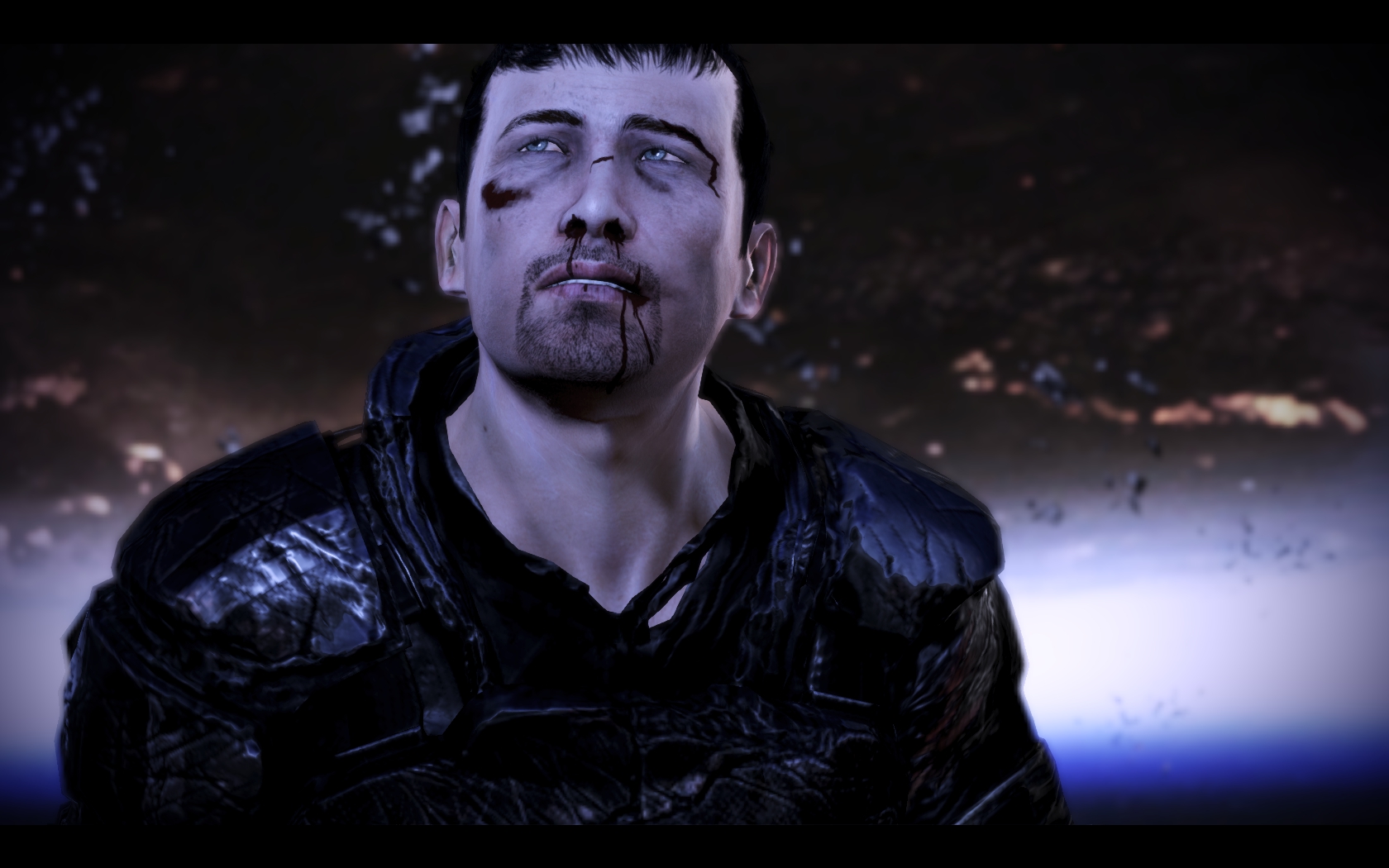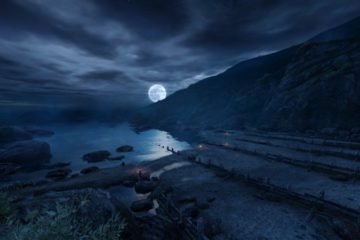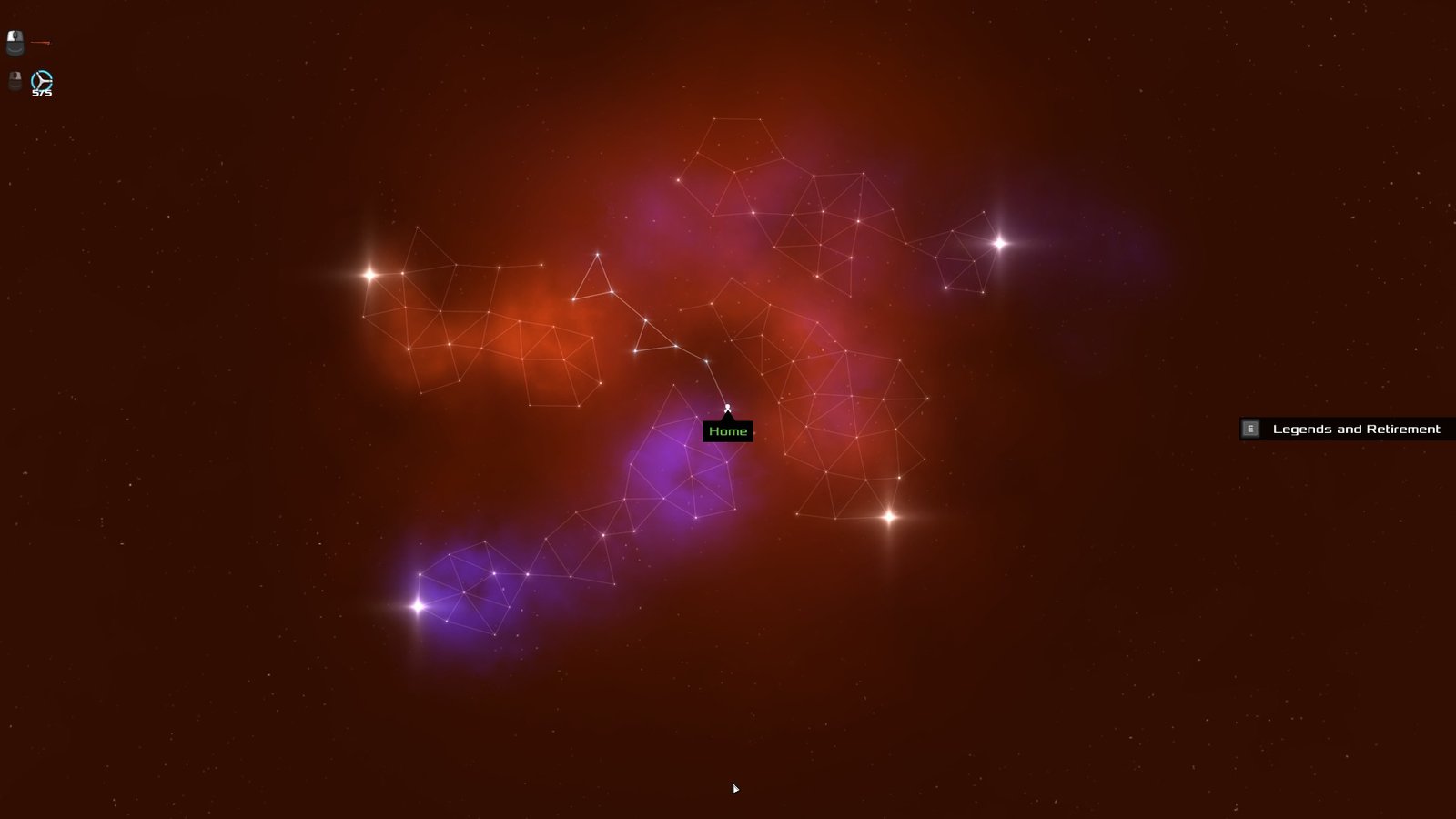Having played the superb Batman: Arkham Asylum through to completion recently, I couldn’t help but wonder: Why can’t all games be like this? Not in terms of the gameplay specifics, of course, but with regards to the polish and general professionalism of the thing. It’s the slickest game I’ve played in many a year, whether you’re talking technology or interface or design, and inevitably shines a rather harsh light on the productions of other studios.
Why can’t the unusual, fascinating STALKER have the production values and stability of Batman? Why can’t every role-playing game ever made have a melee combat system this satisfying? Is it asking too much for the daring creators of the likes of ArmA2 to craft an interface as immediate and logical as Rocksteady’s efforts? Why can’t Crytek harness the incredible technology witnessed in Crysis to a game this exhilerating and rewarding? Conversely, when are Valve going to combine their unrivalled level design with something this accessible and sexy?
Which got me thinking: What would be the perfect combination of developer talent? If you were to create a Frankenstein’s monster by kidnapping the best and the brightest from the industry and locking them in a room together, who would those lucky few comprise? Without further ado, my suggestions for the developer most likely to create The Perfect Game would be something like this:
Concepts & art design
Team Ico + Doublefine
Visual design is an area in which the gaming medium excels. While it struggles in other arenas such as writing, acting and often even the all-important gameplay, the visuals are usually astounding, improving exponentially every few years as new technologies enable the artists to realise even wilder fantasies. The two developers most consistently pushing boundaries and exploring new territory are the chaps behind Ico and Shadow of the Colossus and Tim Schafer’s crew over at Doublefine. Team Ico’s PS2 creations were cult hits and pushed both gameplay and visuals to new heights on that platform, with Shadow of the Colossus easily holding its own against many supposed ‘next gen’ launch titles (why haven’t Sony done a high definition re-release for the PS3?) with its unique, towering behemoths that trod a mysterious line between architecture and organism. Meanwhile, Doublefine’s unique creations in Psychonauts and Brutal Legend dare to move away from the generic Space Marine template to conjur entirely magical settings and characters.
Engine
Crytek + Epic
It’s all too easy to dismiss Crytek as a developer that creates awesome engines but subpar games – easy because it’s largely true. Far Cry and Crysis are by no means bad games, as they are both highly enjoyable in a simple, low-budget, European, action b-movie kind of way. It’s the huge disparity between their truly unrivalled technical prowess and debatable design skills that inevitably highlights their shortcomings in the latter department, perhaps unfairly. Nobody can deny their ability to craft a fine explosion, though, and they’re one of the few developers still willing to push cutting edge computer technology to its limits – even if there’s only a handful of potential customers that can witness it first hand.
Meanwhile, Epic have taken the mid-ground, creating a scaleable engine not quite capable of the finesse seen in Crytek’s offerings but providing a much more solid gaming foundation, resulting in it powering most of the current generation’s major titles. Unreal Engine 3 has its flaws, such as the bizarrely plasticky characters that seem to be unavoidable, but it’s nevertheless versatile and stable. It also achieves some of the more remarkable loading times, whether on console or PC.
World building
CD Projekt & Rocksteady
Perhaps the obvious candidates for this category would be the likes of Bioware and Bethesda, responsible for the sprawling RPGs that allow players to roam about in a fictional world, whether it be the future (Mass Effect) or Tamriel (Oblivion). They go to great pains to give each item in the world an explanation, every character a backstory, every location a history. It’s all very detailed and all very encyclopaedic, but it never really feels alive. The worlds in those games feel like databases of vaguely interesting information that has no real relevance on your gameplay experience. By focusing so heavily on inconsequential details, often the bigger picture is missed.
Instead my picks would be CD Projekt and Rocksteady, both of whom have proved particularly adept at understanding the essential nature of licensed IPs – in the former’s case the Witcher novels by Andrzej Sapkowski and with the former DC’s iconic Batman superhero. The trick they both demonstrate is an ability to identify the core elements of a characacter or world: they’re not distracted by irrelevances or the obvious spectacle, instead delving into crucial elements that will only be directly recognised by fans, but which even the casual osberver would feel by their absence.
Bioware and Bethesda can create worlds full of detail. CD Projekt and Rocksteady create worlds full of personality.
Level design
Valve & 2K Czech
All the above is meaningless without a good game beneath all the fictional context. These two developers know how to extrapolate a fictional world into a proper game – or perhaps vice versa. The Half Life games have repeteadly shown a deftness of touch in their general design, with a flowing, naturalistic approach to the game space that has proved increasingly influential, with many games now eschewing the basic Doom-style level structure. Their genius particularly lies in integrating the fictional world and story into the architecture itself – Half Life 2 tells its story through incidental details rather than elaborate cut scenes and is all the more involving because of it.
2k Czech are back on the radar at the moment thanks to the forthcoming Mafia 2. Despite the apparent excitement over the sequel, the original game was confined to a niche group of admirers, at the time being rather ignorantly dismissed as ‘GTA with boring cars’ – a shorthand that many lazy journalists and simple gamers will no doubt recycle once the new game is out. What 2k Czech realised is that the free-roaming sandbox design of GTA absolutely does not work in the context of a largely linear, scripted story. The GTA games are at their best when they let you do silly things; every attempt to force you down a gritty, resonant storyline in GTA IV puts a barrier between you and the emergent gameplay possibilties. With Mafia, 2k Czech (then known as Illusion Softworks) knew the story they wanted to tell and they knew their city. When you’re sent out into the world, it’s with a purpose, the story constantly driving you onwards to different locations and times of day, rather than leaving it up to random chance and the arbitrary, immature whims of the player. Mafia‘s harsh police activity prevents you from behaving like a comedy serial killer and the drama soars because of it, avoiding GTA’s uncomfortable blend of daftness anarchy and supposedly important decisions.
Writing
Doublefine
Paul Dini did a pretty damn good job with the Batman: Arkham Asylum script, aided in no small part by the voice talents of Mark Hamill. For a writer from a different medium he showed a remarkable affinity for adapting to a new environment, albeit with an over-reliance on cut-scenes. But Dini is still no match for Tim Schafer, masterful wordmonger behind The Secret of Monkey Island, Full Throttle, Grim Fandango and Psychonauts. They’re not all great games, each with their fair number of flaws, but the writing is unmatched in gaming.
Schafer’s games are fun – Psychonauts is a glorious platform extravaganza – but rarely groundbreaking in their gameplay, while his stories and characters throw more ideas at the player than most games put together. Most of his recent projects have been pursued by tedious studio executives attempting to interfere, with both Psychonauts and Brutal Legend havinv troubled developments. I’d love to see what Schafer could do if he actually had studio support from start to finish, and the kind of budget that World War 2 and Space Marine shooters enjoy.
Interface & QA
Rocksteady & Infinity Ward
Most of the games that attract my attention are ones that try hard but don’t necessarily succeed in all areas. STALKER. Morrowind. Deus Ex. The Path. Darwinia.
Sometimes, though, it’s a pleasure in itself to play something that is so finely tuned, so delicately balance and polished and tested and focus grouped, that it is an entirely effortless experience. Usually this also results in a soulless, dull game, with innovation and production value often seeming mutually exclusive, but sometimes a real gem sneaks through. Batman is one, Call of Duty is another. I’m unaware of Rocksteady’s previous work, but Batman manages to be both blockbuster and sensitive, intelligent comic adpatation at the same time. Call of Duty is a war shooter but one that is always pushing forward with new ideas, often interative but never staying still (as long as you stick to the Infinity Ward ones, that is). Call of Duty 4 introduced a mass of new concepts to the war shooter genre, even managing to create sympathetic, memorable characters and a modicum of satirical elements that dared to highlight the less pleasant aspects of warfare.
Both developers managed to push themselves without sacrificing quality. If only more developers had the time, skill and money to do so.
It’s all a fantasy, of course. Developers will continue to go off in their own isolated directions, specialising in certain areas and ignoring others. I’m fairly sure I’m not the only one that would like to see Half Life 3 using the latest Crytek engine, though.




0 Comments